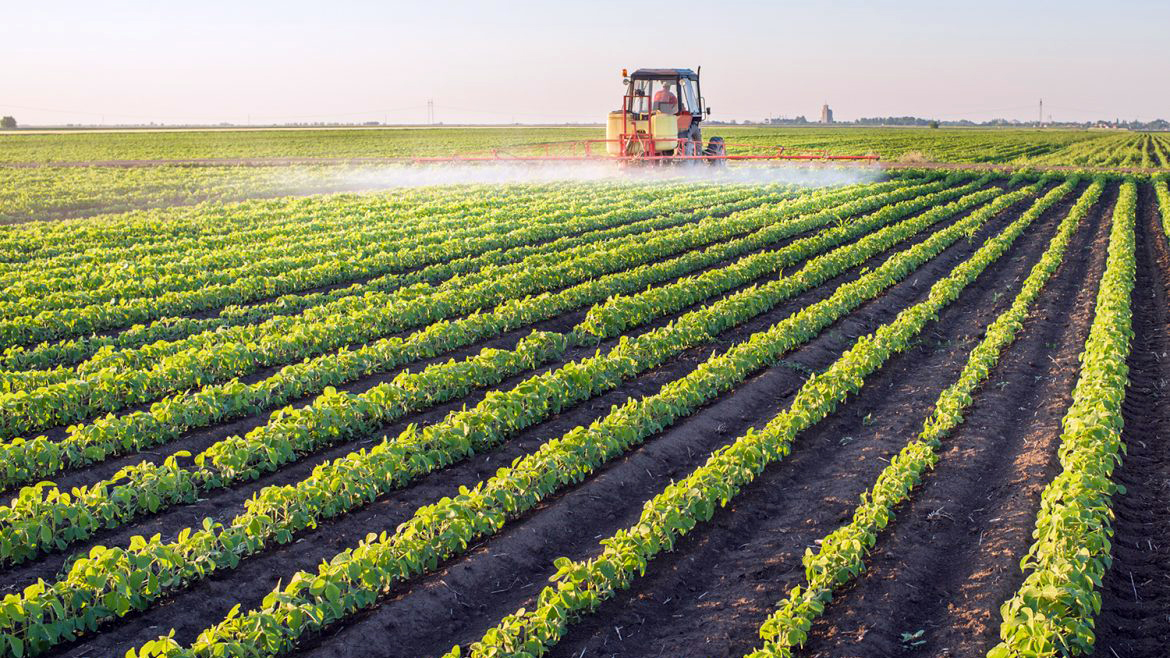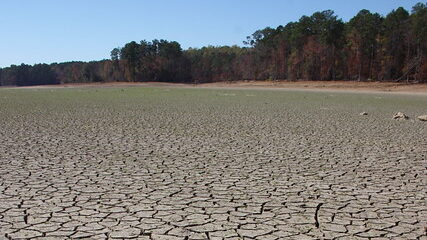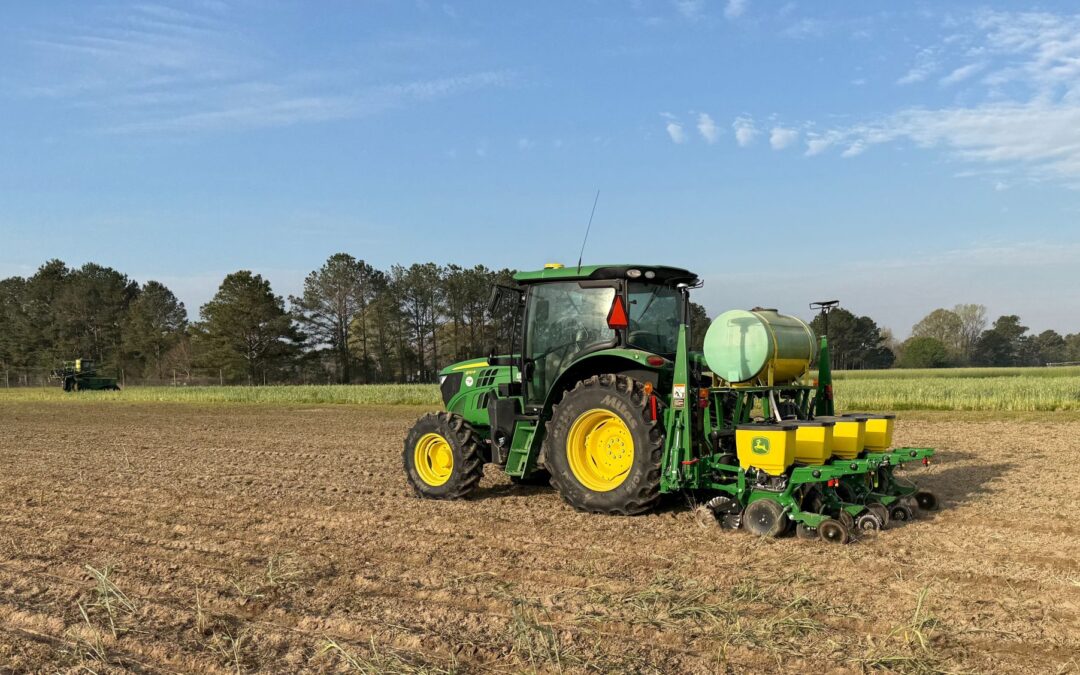By Maggie Smith / Mar 5, 2019 2:05:33 PM
News
Federal funding legislation recently approved by Congress includes more than $43 million for a new agricultural science facility at Auburn University that will improve food production in the state of Alabama and beyond.
“The new facility will further Auburn’s drive to inspire through life-changing innovation,” said Auburn President Steven Leath. “Auburn will deepen its relationship with the USDA, more opportunities will emerge for our students and faculty and Auburn will be in a better position to solve real-world problems.”
The funding is part of federal legislation backed by U.S. Sen. Richard Shelby, chairman of the Senate Appropriations Committee. It will establish a new USDA Agricultural Research Service Soil Dynamics Laboratory at Auburn as part of the agency’s capital improvement strategy. Research will focus on improving the productive and sustainable use of soil and water resources for increased crop and livestock production.
“Once again, Sen. Shelby has proven himself a champion of science and research that improves quality of life and fosters economic opportunity for farmers in Alabama and across the nation,” said Leath. “We’re grateful to him for making it happen.”
“I am proud to have secured funding for the new ARS facility in Auburn,” said Sen. Shelby. “The soil lab will serve as an outlet for the USDA to complete research that will improve crop and livestock production for Alabama and the entire nation. I look forward to the work that will result from the partnership between Auburn and the USDA, and I am confident the project will continue to enhance our state’s thriving agriculture industry.”
Agriculture is a significant part of the Alabama economy. Farm-level sales of agricultural products produced in Alabama exceeded $5.5 billion in 2017. The world’s growing population and economic development create opportunities and needs for a substantial increase in food production. To keep pace, some estimates suggest food production must increase by 25 to 70 percent by 2050. Agricultural research and advances are required to meet this growing demand in a sustainable manner.
“This is an exciting step forward at Auburn,” said Paul Patterson, dean of Auburn’s College of Agriculture and director of the Alabama Agricultural Experiment Station. “Through this partnership, we will seek to transform agricultural production and farm profitability.”





